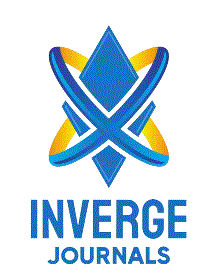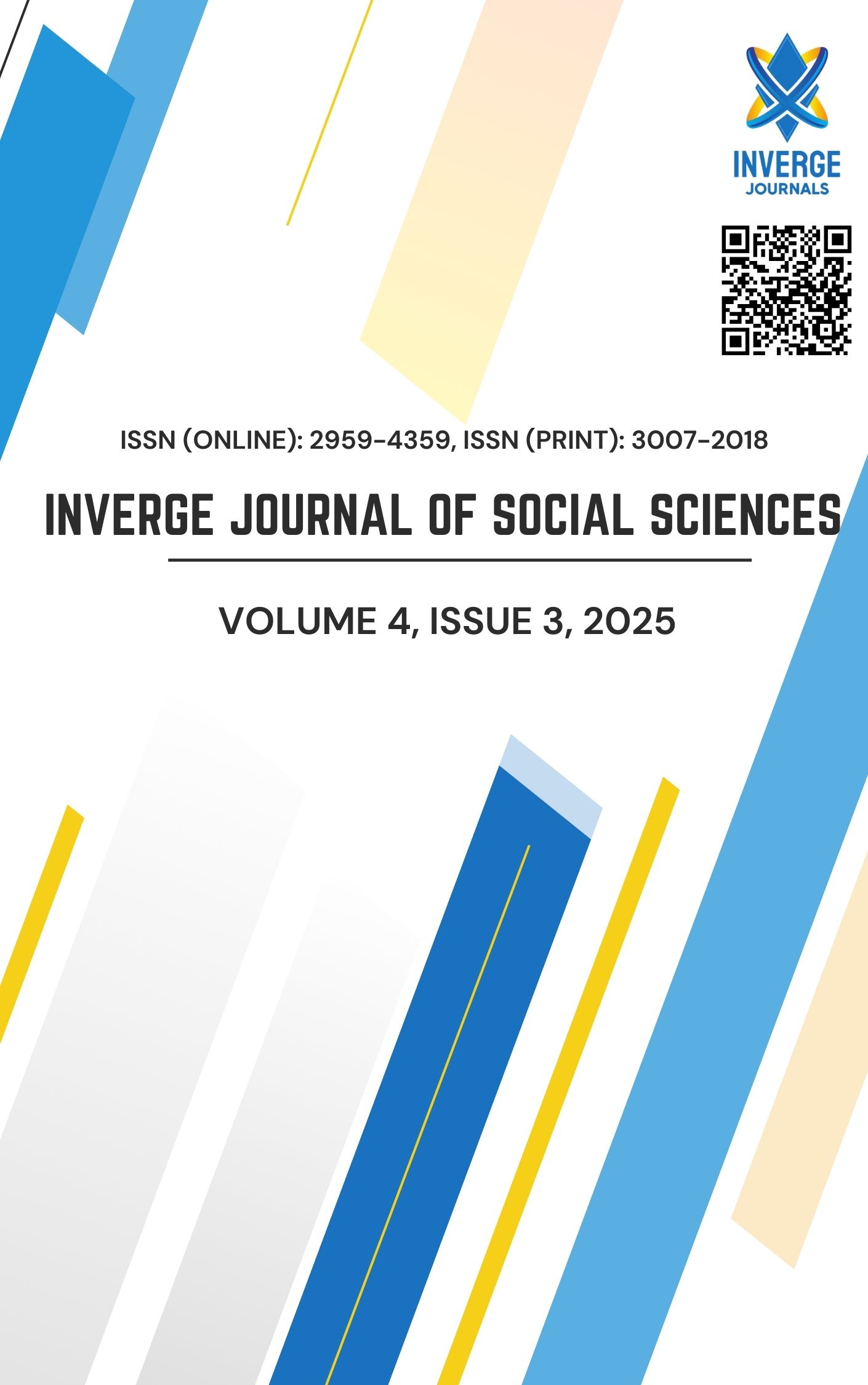A Study of Factors Affecting Parental Choice about Public and Private Institutions for their Children at Secondary School Level in District Bahawalpur
DOI:
https://doi.org/10.63544/ijss.v4i3.181Keywords:
Parental Choice, Public Schools, Private Schools, Factor Analysis, Academic Quality, Socio-Economic FactorsAbstract
This study examines the complex factors influencing parental choice between public and private secondary schools in District Bahawalpur, Pakistan. Using a descriptive survey design with a validated instrument, data were collected from 196 parents selected through random sampling. The research employed sophisticated statistical analyses including Exploratory Factor Analysis (EFA), Independent Samples t-test, One-Way ANOVA, and Multiple Linear Regression to identify key predictors and patterns in school selection.
EFA revealed four reliable dimensions guiding parental decisions: Academic Quality & Reputation, Socio-Economic Factors, Physical & Extracurricular Facilities, and Parental Involvement & Safety. Regression analysis demonstrated that Academic Quality & Reputation (β = .481, p<.001) was the strongest predictor of private school preference, while Socio-Economic Factors (β = -.298, p<.001) served as a significant negative influence, emphasizing financial constraints as a major consideration. Parental education level and physical infrastructure quality also emerged as important positive predictors.
Demographic comparisons showed significant variations in perceptions, with female parents demonstrating stronger agreement across all factors compared to male respondents. Additionally, higher parental age and educational attainment correlated with increased emphasis on academic standards and facility quality. The findings underscore the tension between academic aspirations and economic realities in educational decision-making. The study recommends targeted interventions including quality enhancement in public schools and financial assistance programs in private institutions to promote educational equity and accessibility in the region.
References
Alsauidi, F. (2016). Reasons influencing selection decision making of parental choice of school. Journal of Research in Education and Science (IJRES), 2(1), 201-211.
Asif, M., Pasha, M. A., & Shahid, A. (2025). Energy scarcity and economic stagnation in Pakistan. Bahria University Journal Of Management & Technology, 8(1), 141-157. https://doi.org/10.62533/bjmt.v8i1.129
Chianese, G. (2018). Promoting students’ active citizenship: The project SPACE. Current Neuropharmacology, 16(7), 1059–1085. https://doi.org/10.2174/1570159X15666171017102547
Dahari, Z., & Ya, M. S. (2011). Factors that influence parents’ choice of schools education in Malaysia: An exploratory study. International Journal of Business and Social Science, 2(15).
Eboh, A., Abba, J. Y., & Fatoye, H. A. (2018). Impact assessment of the public health expenditure on the health outcome in Nigeria. International Journal of Social and Administrative Sciences, 3(2), 62–72. https://doi.org/10.2478/hjbpa-2018-0011
Gamble, E., Ewing, J., & Wilhelm, S. (2009). Parental perceptions of characteristics of non-parental child care. Journal of Child and Family Studies, 18(1), 70–82.
Green-DalCortivo, A. (2025). Perceptions of Elementary Classroom Teachers: A Mixed Methods Exploration of School and Family Partnerships of English Language Learners (Doctoral dissertation, Marymount University).
Gyeltshen, L. (2024). Parents’ Choice of the Montessori Educational Approach to Early Childhood Education: A Comparative Study between Australia and Bhutan (Doctoral dissertation, Queensland University of Technology).
Kim, J. (2022). Parental preferences for school characteristics. Computers in Human Behavior, 140, Article 107383. https://doi.org/10.1016/j.chb.2022.107383
Lawrence, E., & Mollborn, S. (2013). Parents shaping children’s education: School selection in the United States. Journal of Health and Social Behavior, 62(3), 388-403. https://doi.org/10.1177/0022146521997813
Mavisakalyan, A., & Rammohan, A. (2021). Female autonomy in household decision-making and intimate partner violence: Evidence from Pakistan. Review of Economics of the Household, 19(1), 255-280.
Nassaji, H. (2015). Qualitative and descriptive research: Data analysis in applied linguistics. Language Teaching Research, 19(2), 129–132. https://doi.org/10.1177/1362168815572747
Nobanee, H. (2018). Efficiency of working capital management and profitability of UAE firms. Journal of Contemporary Education, 2(1), 1–7.
Olaniyan, D. A., & Okemakinde, T. (2008). Human capital theory: Implications for educational development. European Journal of Scientific Research, 24(2), 157–162.
Piggott, S., Carter, S., Forrest, H., Atkinson, D., Mackean, T., Mcphee, R., & Arrow, P. (2021). Parent perceptions of minimally invasive dental treatment of Australian Aboriginal pre-school children in rural and remote communities. Rural and Remote Health, 21(4), 1-9. https://search.informit.org/doi/10.3316/informit.299500712440625
Posey-Maddox, L., De Royston, M. M., Holman, A. R., Rall, R. M., & Johnson, R. A. (2021). No choice is the “right” choice: Black parents’ educational decision-making in their search for a “good” school. Harvard Educational Review, 91(1), 38-61.
Rose, K., & Elicker, J. (2008). Parental decision making about child care. Journal of Family Issues, 29(8), 1118-1139. https://doi.org/10.1177/0192513X08316133
Shahid, N., Asif, M., & Pasha, D. A. (2022). Effect of Internet Addiction on School Going Children. Inverge Journal of Social Sciences, 1(1), 13–55. https://doi.org/10.63544/ijss.v1i1.3
Downloads
Published
How to Cite
Issue
Section
Categories
License
Copyright (c) 2025 Sanam Riaz, Arooba Lateef, Dr. Muhammad Zeeshan, Dr. Abdul Latif

This work is licensed under a Creative Commons Attribution-NonCommercial-ShareAlike 4.0 International License.
The work is concurrently licensed under a Creative Commons Attribution-NonCommercial-ShareAlike 4.0 International License, which permits others to share the work with an acknowledgement of the authorship and the work's original publication in this journal, while the authors retain copyright and grant the journal the right of first publication.









